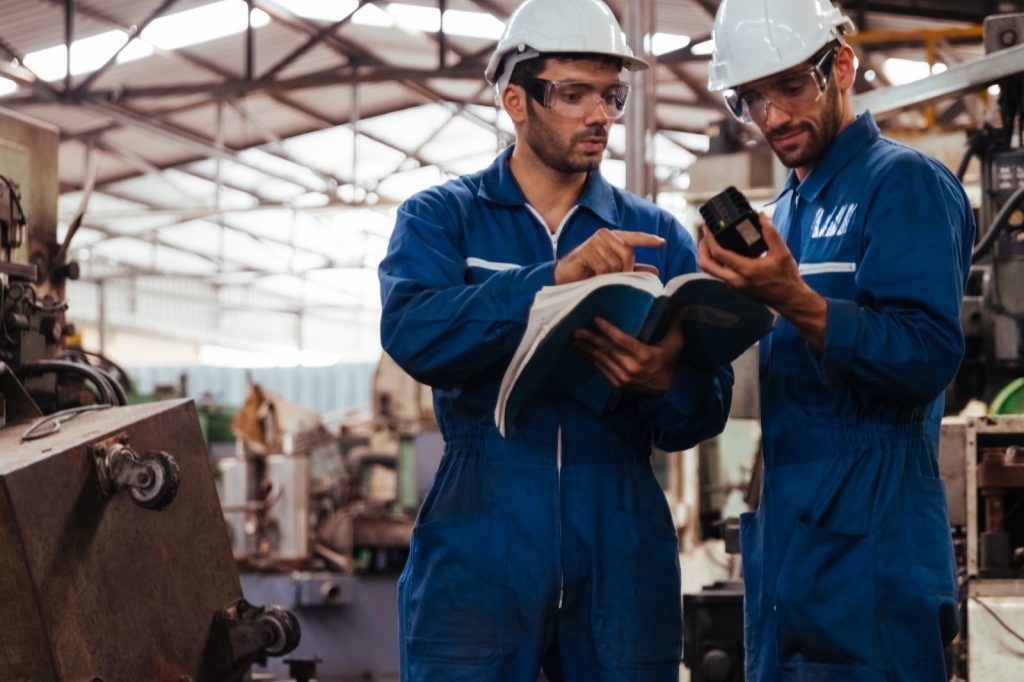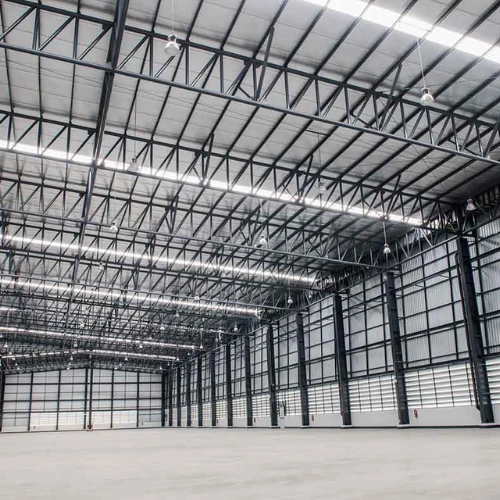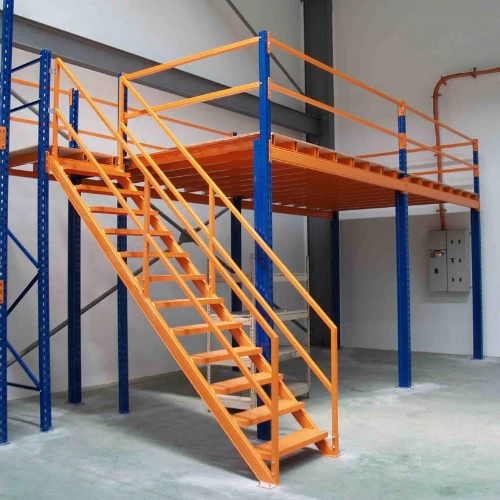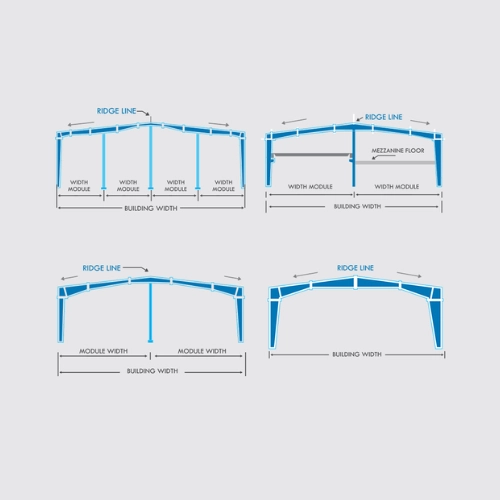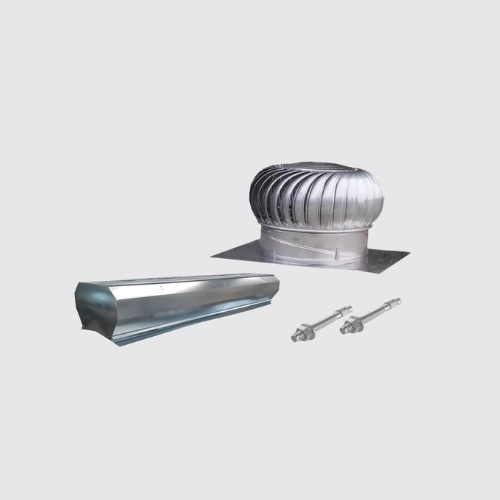In today’s fast-evolving infrastructure landscape, precision in design isn’t just a bonus; it’s a necessity. For every PEB Manufacturer (Pre-Engineered Building Manufacturer), the demand for resilient, vibration-resistant, and durable structures has never been higher. Whether it’s a warehouse, industrial unit, or commercial facility, structural behaviour under dynamic loads can make or break the integrity of the build. This is where the power of nonlinear dynamics and advanced vibration control comes into play, transforming modern Steel Structure Design from a static exercise into a mathematically complex but essential science.
Understanding Nonlinear Dynamics in Steel Structure Design
Structural dynamics refers to the behaviour of building structures when subjected to time-varying forces. These include loads from wind, earthquakes, machinery, and even vehicular movement. Unlike linear systems, where the response is directly proportional to the input, nonlinear dynamics involve disproportionate or unpredictable reactions. This makes the equations that govern them far more complex and far more important for any reliable PEB Manufacturer.
In Steel Structure Design, nonlinear behaviour may arise due to:
- Geometric nonlinearity (e.g., large deflections)
- Material nonlinearity (e.g., yielding of steel)
- Boundary condition variability (e.g., joint stiffness)
A professional PEB Manufacturer must take these nonlinear effects into account, especially when building for industrial zones, seismic-prone regions, or high-wind areas.
Real-World Vibration Challenges Faced by Every PEB Manufacturer
Every PEB Manufacturer must deal with vibrational threats in Structural Steel Buildings. These include:
- Seismic Loads: Earthquake-induced ground motion can resonate with the structure’s natural frequency, potentially leading to collapse.
- Wind-Induced Vibration: Tall and slender structures often sway due to vortex shedding caused by wind.
- Machine Vibrations: In manufacturing facilities, heavy-duty equipment creates constant dynamic forces that travel through the building frame.
Ignoring these vibrational forces during Steel Structure Design can result in fatigue damage, noise, discomfort, or even catastrophic failure. This is why every future-ready PEB Manufacturer integrates vibration control strategies at the design phase, not after the fact.
Mathematical Foundations Behind Vibration Analysis
To accurately model the behaviour of Structural Steel Buildings under vibration, PEB Manufacturer teams employ advanced mathematical techniques such as:
- Differential Equations: These form the backbone of dynamic analysis, modelling how displacement, velocity, and acceleration change over time.
- Modal Analysis: This identifies a structure’s natural frequencies and mode shapes, helping to predict how it will respond to excitation.
- Fourier Transforms: Used to analyse vibrational input as a function of frequency rather than time, allowing engineers to isolate damaging frequencies.
- Eigenvalue Problems: Solve for frequencies and mode shapes in systems of equations arising from stiffness and mass matrices.
The sheer complexity of these models demands rigorous attention to detail. A single miscalculation can lead to faulty assumptions, making the difference between a sound structure and a compromised one.
Simulation Software Used by Every Advanced PEB Manufacturer
A modern PEB Manufacturer doesn’t rely solely on manual equations. Instead, they integrate software platforms that simulate real-world loading conditions with high accuracy. Popular tools include:
- STAAD.Pro: Offers finite element analysis (FEA) and dynamic load simulation for structural steel frames.
- ANSYS: Advanced simulation environment capable of solving highly nonlinear problems, including transient vibration.
- SAP2000: Commonly used for time history analysis and seismic simulation.
These platforms allow a PEB Manufacturer to create digital twins… virtual models that behave just like the actual structure under load. They also account for details like member connections, joint stiffness, bracing systems, and live load patterns. The end result? Safer and more optimised Steel Structure Design with real-world reliability.
Vibration Control Techniques Used in Structural Steel Buildings
Once vibration risks are identified, the next challenge is designing control systems to mitigate them. Here’s how an experienced PEB Manufacturer tackles this:
1. Tuned Mass Dampers (TMD)
A secondary mass system installed to counteract building movement by oscillating out of phase with the vibration.
2. Base Isolation Pads
Used particularly in seismic zones, these allow the foundation to move independently of the building, absorbing ground shocks.
3. Viscous Dampers
Fluid-based devices that dissipate vibrational energy through hydraulic resistance.
4. Smart Material Integration
Materials like shape-memory alloys and piezoelectrics are being integrated into steel frames for active vibration damping.
Each of these solutions demands precise calculations. A PEB Manufacturer must simulate dynamic responses and calibrate damping systems using vibration spectra, response acceleration charts, and real-time load analysis. This is where Steel Structure Design intersects directly with applied mathematics.
Core Mathematical Challenges Faced by Every PEB Manufacturer
Despite access to simulation software and engineering tools, challenges persist:
1. Computational Load
Modelling large Structural Steel Buildings in full dynamic context consumes massive computational resources.
Relevant Equation: Nonlinear Equation of Motion
Here, the stiffness matrix depends on displacement, making this a nonlinear system that must be solved iteratively using numerical methods like the Newton-Raphson technique.
2. Data Precision
Assumptions about material properties, load behaviour, or joint flexibility can skew results. The data must be both accurate and relevant.
Relevant Equation: Rayleigh Damping
Here, and
are damping coefficients that must be empirically tuned. Even small errors in estimating these parameters, or incorrect boundary conditions, can yield misleading vibration results.
3. Scaling Complexity
Small design tweaks in Steel Structure Design often require complete recalculations across all modes of vibration.
Relevant Equation: Modal Analysis (Eigenvalue Problem)
This eigenvalue problem must be resolved for every new structural configuration to extract updated natural frequencies and mode shapes
.
For a PEB Manufacturer, this means continually updating simulation models and validating results via real-world testing or third-party certifications.
Conclusion: Engineering Smarter, Safer PEBs Through Math
The era of trial-and-error construction is long gone. Today, every PEB Manufacturer must operate with a scientific mindset, especially when dealing with the intricacies of nonlinear dynamics and vibration control. From the smallest warehouse frame to sprawling industrial complexes, Steel Structure Design must be guided by mathematical precision.
By integrating tools like FEM, modal analysis, and vibration mitigation techniques, a future-ready PEB Manufacturer not only ensures safety but also delivers cost-efficient, high-performance Structural Steel Buildings.
Why Choice Prefab is the Go-To PEB Manufacturer for Advanced Vibration Control
With decades of experience and a firm grasp of both Steel Structure Design and advanced vibration modelling, Choice Prefab stands out as a trusted partner among Indian PEB Manufacturer firms.
What sets Choice Prefab apart?
- Simulation-Driven Design: From seismic load prediction to machine-induced vibration dampening, every Choice Prefab project is backed by analytical precision.
- Expertise in Structural Steel Buildings: From factories to multilevel steel halls, Choice Prefab ensures that all builds meet international vibration control standards.
- Tech-Savvy Engineering Team: Their engineers are proficient in STAAD.Pro, ANSYS, and custom load forecasting tools.
- Custom Solutions: Every structure is optimised not just for strength, but for long-term stability under real-world conditions.
When you partner with Choice Prefab, you’re not just investing in steel and bolts. You’re investing in a data-backed, vibration-resistant future.
Ready to build smarter with India’s most trusted PEB Manufacturer?
Explore their portfolio and discover what intelligent engineering can do for your next project.

